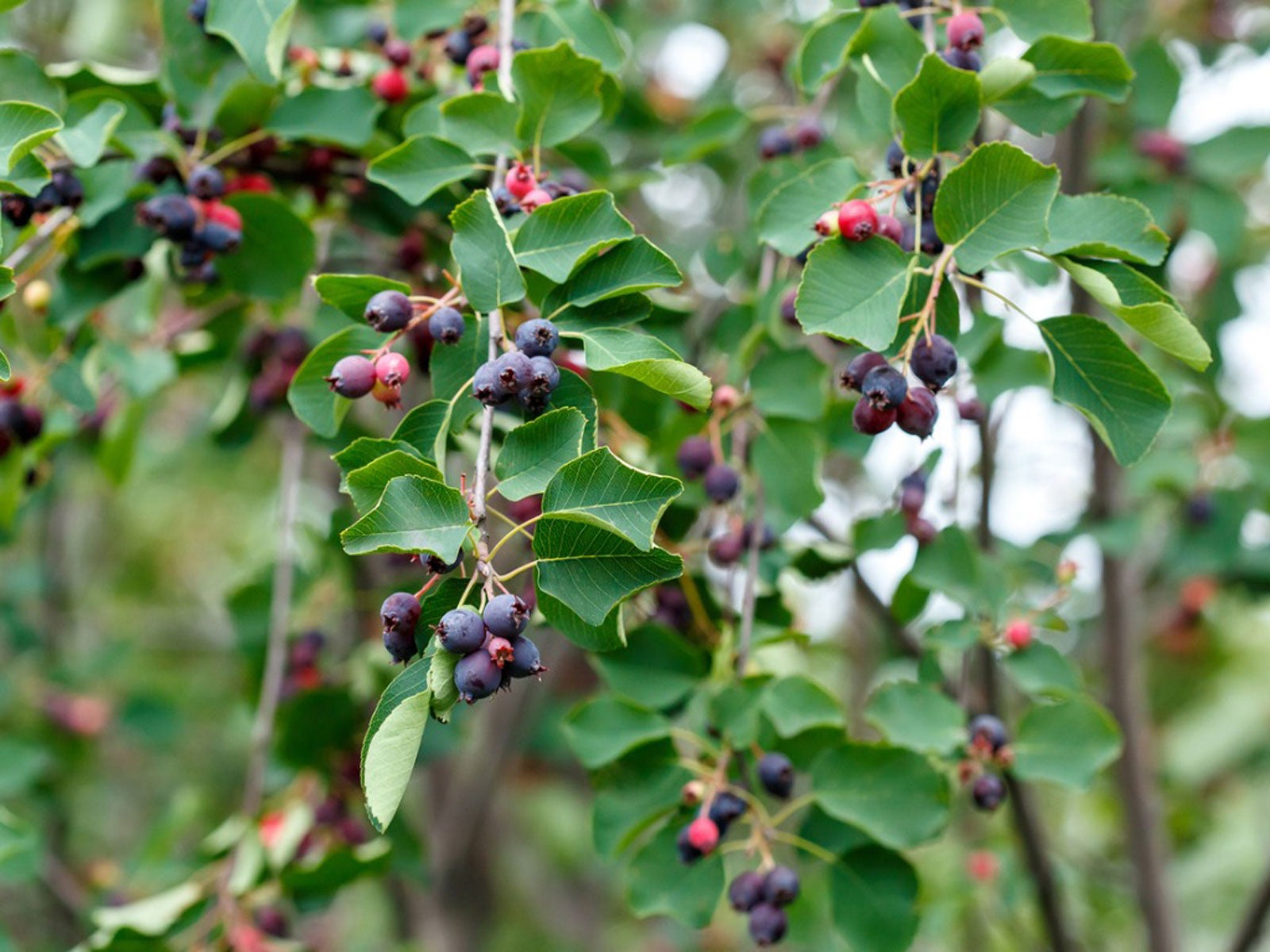Growing Deciduous Shrubs In The Northern Rockies


If you live in the northern plains, your garden and yard is situated in an environment that is highly changeable. From hot, dry summers to bitterly cold winters, the plants you choose have to be adaptable. For deciduous shrubs, try native species and maybe even a few non-native ones that will still thrive in this unique environment.
Conditions for West-North-Central Shrubs
States in the northern plains and central west region of the U.S. have unique weather and climate conditions. Summers can be hot with long, very cold winters and the potential for plenty of wind and harsh storms. USDA zones range from 2 to 5 in this region.
Not just any deciduous shrubs will survive the climate and conditions of foothills and Rockies of Wyoming and Montana, or the plains of North and South Dakota. Deciduous shrubs of the Northern Rockies have to be hardy, tolerant of drought, able to withstand snow, and adaptable to changing temperatures.
Deciduous Shrubs for West North Central States
There are plenty of shrubs from the northern plains and Rockies that are native and others that can adapt to the region well. You’ll have a lot to choose from for your garden. Ideas include:
- Buffaloberry - Buffaloberry is a native shrub with attractive, narrow leaves and pretty red berries. The berries are edible and make a flavorful jam.
- Caragana - Also native to the region, caragana is a compact shrub that holds its green leaves in the winter. It makes a great low hedge that can be trimmed and shaped. An even smaller variety is pygmy caragana.
- Common lilac - For pretty purple flowers and an unparalleled sweet aroma, you can’t beat a lilac. It’s easy to grow, hardy, and lives for a long time.
- Dogwood - Several types of dogwood shrubs will do well in this region, including Isanti, variegated, and yellow twig. They offer spring flowers and colorful winter bark.
- Forsythia - Early spring is heralded by the cheerful yellow blooms of this non-native shrub. Forsythia makes a nice hedge too.
- Golden currant - This native species attracts birds and big game. Golden currant is fast growing and tolerates drought or cold temperatures.
- Rocky Mountain sumac - This variety of sumac is native and especially suited to high elevations. It tolerates dry, poor soil and produces bright red color in the fall.
- Serviceberry - For a large shrub that could be mistaken for a small tree, try native serviceberry. It will grow up to 14 feet (4 m.), bloom beautifully in spring, and produce tasty blue berries.
- Western snowberry - Another native, western snowberry grows low and tolerates all kinds of regional conditions from grazing animals to fire and drought. The pretty white berries attract birds.
- Wood rose - This is a pretty, natural looking rose bush that is native to the region. Wood rose attracts and houses wildlife but can also spread aggressively.
Gardening tips, videos, info and more delivered right to your inbox!
Sign up for the Gardening Know How newsletter today and receive a free copy of our e-book "How to Grow Delicious Tomatoes".

Mary Ellen Ellis has been gardening for over 20 years. With degrees in Chemistry and Biology, Mary Ellen's specialties are flowers, native plants, and herbs.